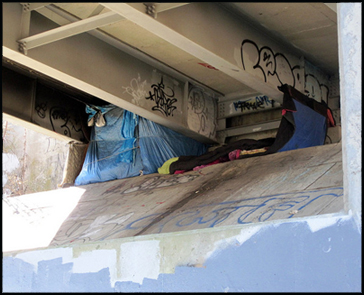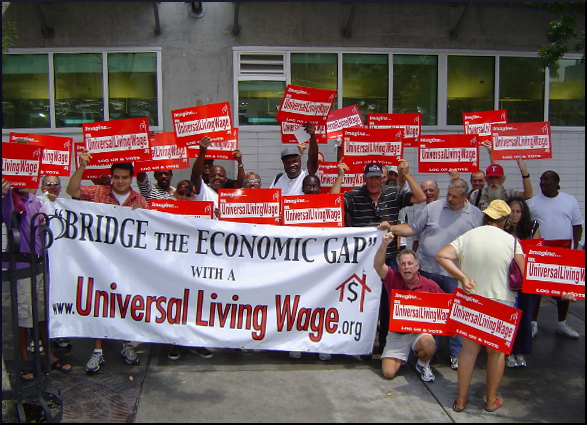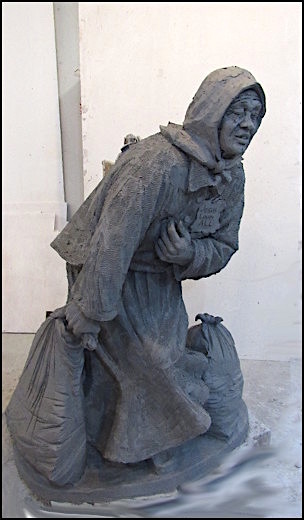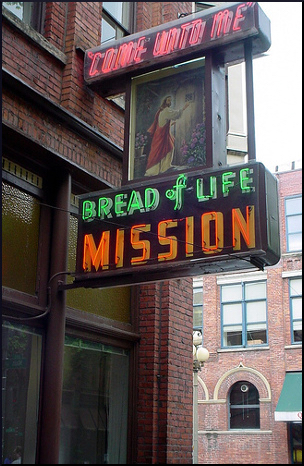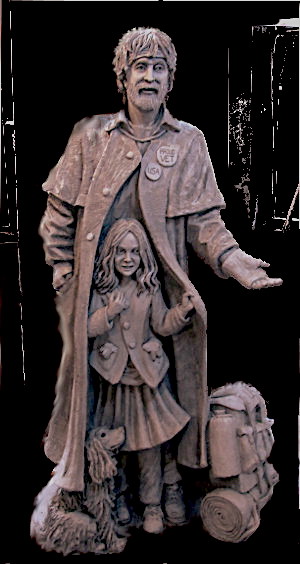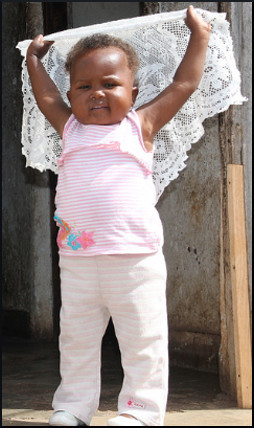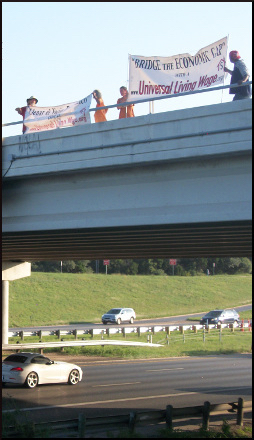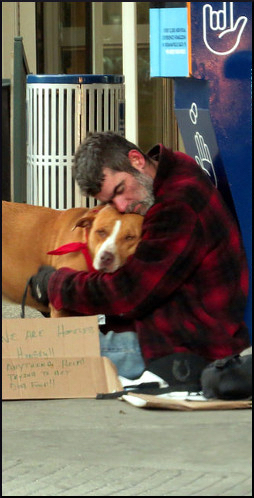
In 2006, radio personalities Opie and Anthony, whose audience feels cult-like devotion, attracted negative attention for a street performance. Andrew, a homeless man sitting on the sidewalk, offered them some cake. Anthony declined to touch it, and Opie jumped on it with both feet.
A media ruckus ensued. Fans familiar with the entertainers’ style realized that it was a “bit,” though, years later, others still dispute the point. Also, Andrew made some money. An online commenter noted that the radio guys had been giving him donations for years. Other listeners were totally condemnatory.
In the summer of 2013 Opie and Anthony focused public attention on the incident again. It was not, incidentally, a cake stomping, as some media would have us believe. That would imply repeated action with one or both feet. The assault on the cake was a single, two-footed landing.
Social media had grown a lot in those seven years, and Opie reaped a whirlwind. People were upset. One commenter wrote,
There’s nothing good that can come out of something like this.
The entertainers professed amazement that people could still want to discuss the cake incident, or remain so upset about it. Opie never apologized or justified, because didn’t think he had to.
But they talked about it on the show (strong language warning), covering the variety of relationships that can develop between street people and media people in New York City. Here is a condensed interpretation with no cussing:
Back when the cake thing happened, Opie and Anthony routinely walked along the same route every day, and interacted with two kinds of people. According to their narrative (and there is no reason to doubt them), their fans would gravitate to the area, and give generously to the local people who held out cups. Word gets around about that sort of thing, and it tends to attract more people. Opie (or perhaps Anthony) asks, “Does anyone else out there know a homeless guy by name? We probably know 20 of ’em.” As for Andrew, Opie says, “We messed with him every day. We goofed on him every day.”
Another side of the story
More than likely, a staff member bought the cake, and gave it to Andrew, with instructions to offer some to Opie and Anthony. And, if anyone asked, to say he found it in a dumpster. Because the optics are suspicious. It’s a full-size cheesecake or similar, in a box, with tissue between the slices, and clear plastic wrap stretched over the top. If it ever was in a dumpster, it was both placed there and retrieved with extreme care.
Anyway, Opie knew the cake-squashing would make even his co-hosts cringe. On the other hand, professional comedians routinely play pranks, some offensive and cruel, on their friends.
Opie and Anthony have also angered the citizenry by taking a bus full of men to a suburban New Jersey mall and supplying them with gift cards and a ride back to the city. This actually doesn’t sound so bad, but critics have found plenty of reasons to complain, and called the field trip “publicly degrading and humiliating” for people experiencing homelessness.
But other news sources viewed it through a different lens, for instance:
Opie and Anthony’s annual event provides a busload of homeless people money to shop at an upscale mall, and about 2,200 O&A fans came out not only to see the show but to provide the homeless with extra shopping money.
It also sounds like the mall food courts sold a few more sodas and fries that day. But the event has been called inhumane and shameful. These are the kinds of questions that society could greatly benefit from discussing in nuanced ways, but somehow the avalanche of events prohibits it.
Shame on so many levels
A Instagram video clip is going around, that features a woman seated on a step, surrounded by belongings. A man’s voice starts out by complimenting her, and by any objective standard, she does have a beautiful smile. Then he starts “negging” her, a technique that men actually pay money and attend classes to study. The insults revert to sweet talk, then back and forth a couple more times, and he closes with “I’m bipolar, so I don’t know if you’re ugly or cute.”
An online comment defended the woman, but made the assumption that she was addicted and mentally ill, though we have no proof either way. But other assumptions might not be off base. Quite possibly, this woman has discovered that no matter what she needs, some level of government seems determined to never let her have it, including the ID that would enable her to vote. Or maybe after a long ordeal, she finally got her “papers,” only to lose them to police confiscation during a “sweep.” We don’t know.
Among other things, this incident illustrates one of the problems inherent in having to carry all your stuff around with you. When pestered, it’s not that easy to slip away. From the aggressors’ viewpoint, it brings to mind the expressions “sitting duck” and “shooting fish in a barrel.”
At the same time, this behavior happens every day, and across all demographics. Any woman who works in contact with the general public is a captive audience for acting out by random men, and is faced with the choice between the constant threat of humiliation, or quitting. Quitting a job is the sort of decision that can lead to homelessness, so it is almost impossible to avoid the philosophical position that everything matters.
Reactions?
Source: “Homeless Cake Stomp — Is this okay?,” IGN.com, 2013
Source: “Boston Mayor Angry Over O&A Homeless Shopping Spree,” AllAccess.com, 12/18/06
Images (top to bottom) by @kolikole37, @nattywest, goodiesfirst via Visualhunt

